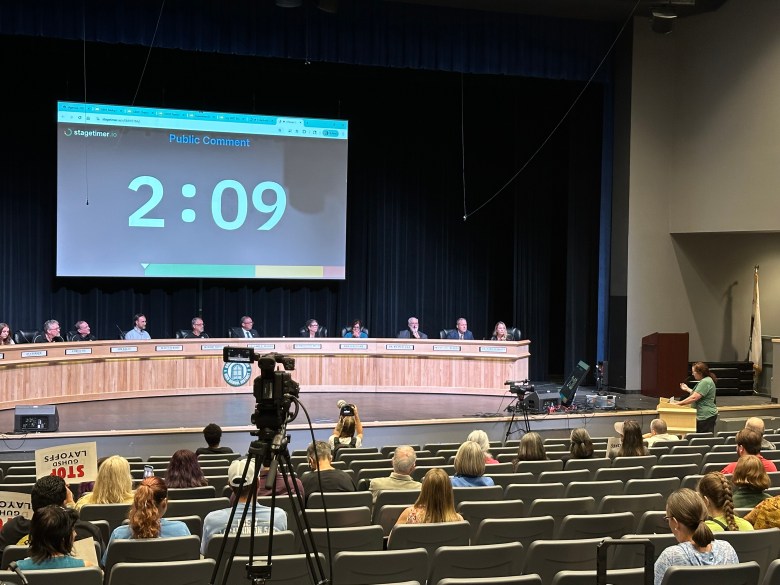According to a UC San Diego study, one of the United States’ most significant exports, higher education, might be destroyed by a trade war with other nations, especially China.
The UCSD School of Global Policy and Strategy researchers calculate that the tariffs imposed on Chinese imports during the first Trump administration caused a 25% decrease in the number of Chinese students studying in the United States, costing American colleges $1.1 billion a year in lost income.
International students are really rectifying the trade deficit, according to research coauthor and associate professor of economics Gaurav Khanna. America exports education while importing commodities from China. Both economies have benefited from that, which a trade war may ruin.
China’s 2001 admission to the World Trade Organization, which significantly increased Chinese exports to the United States and household incomes in several Chinese cities, is the subject of the study, which is slated to appear in the Review of Economics and Statistics. Many families were able to pay college tuition in America as a result of the change.
The researchers examined trade statistics, city-level economics, and visa records and discovered that Chinese cities that were more exposed to WTO-related tariff reductions sent a disproportionately higher number of students to the United States than cities that were less exposed.
According to a UCSD statement, almost 40% of the growth in Chinese student enrollment between 2002 and 2013 was attributable to a 10% increase in trade exposure, which resulted in 34 additional students per million city dwellers.
They asserted that this tendency will be reversed by tariff policies intended to impede China’s manufacturing industries. The U.S. economy benefited from $45 billion in education exports in 2019.
This trade is also likely to suffer from tighter visa requirements.
According to Khanna, policymakers frequently discuss steel, oil, and soybeans. However, none of those factors have a greater impact on the American economy than education. We risk failing if we ignore this export.
The billions that are probably going to be lost in tuition do not include the money that foreign students spend on things like accommodation, transportation, and local services while they are in the United States.
After China joined the WTO, most Chinese students came to the United States to pursue graduate-level STEM (science, technology, engineering, and mathematics) degrees, although this has changed over time.
More people are now traveling to the US to pursue undergraduate business and social science degrees, and many of them pay full sticker price.
Khanna cited his earlier studies that shown the benefits of nonresident tuition to American colleges facing dwindling state support.
According to him, universities were forced to decide whether to raise tuition and reduce spending by, for example, reducing academic offerings to in-state students or increasing the percentage of students who pay out-of-state tuition.
Get neighborhood news in your inbox. It’s free and enlightening.
Become one of the 20,000+ individuals who receive breaking news alerts and the Times of San Diego in their inbox every day at 8 a.m.
Weekly updates from San Diego communities have also been provided! You acknowledge and agree to the terms by clicking “Sign Up.” Choose from the options below.
One such university was the University of California, which relied on tuition from overseas students instead of drastically raising tuition for domestic students.
Khanna claimed that the number of international students has drastically decreased as a result of recent political moves. Between 2007 and 2013, the annual growth rate of Chinese students in the United States was over 22%, but it has subsequently dropped to less than 5% annually.
According to Khanna, there is a common misconception that immigration and trade are interchangeable. We discovered that they can work well together. A Chinese middle class that viewed American education as a means and a product was facilitated by trade.
America’s universities have long been its strongest point. Not only are we losing out on students, but we are also losing out on one of our greatest trade advantages if we make it more difficult for foreign students to enroll here.

 by
by 

